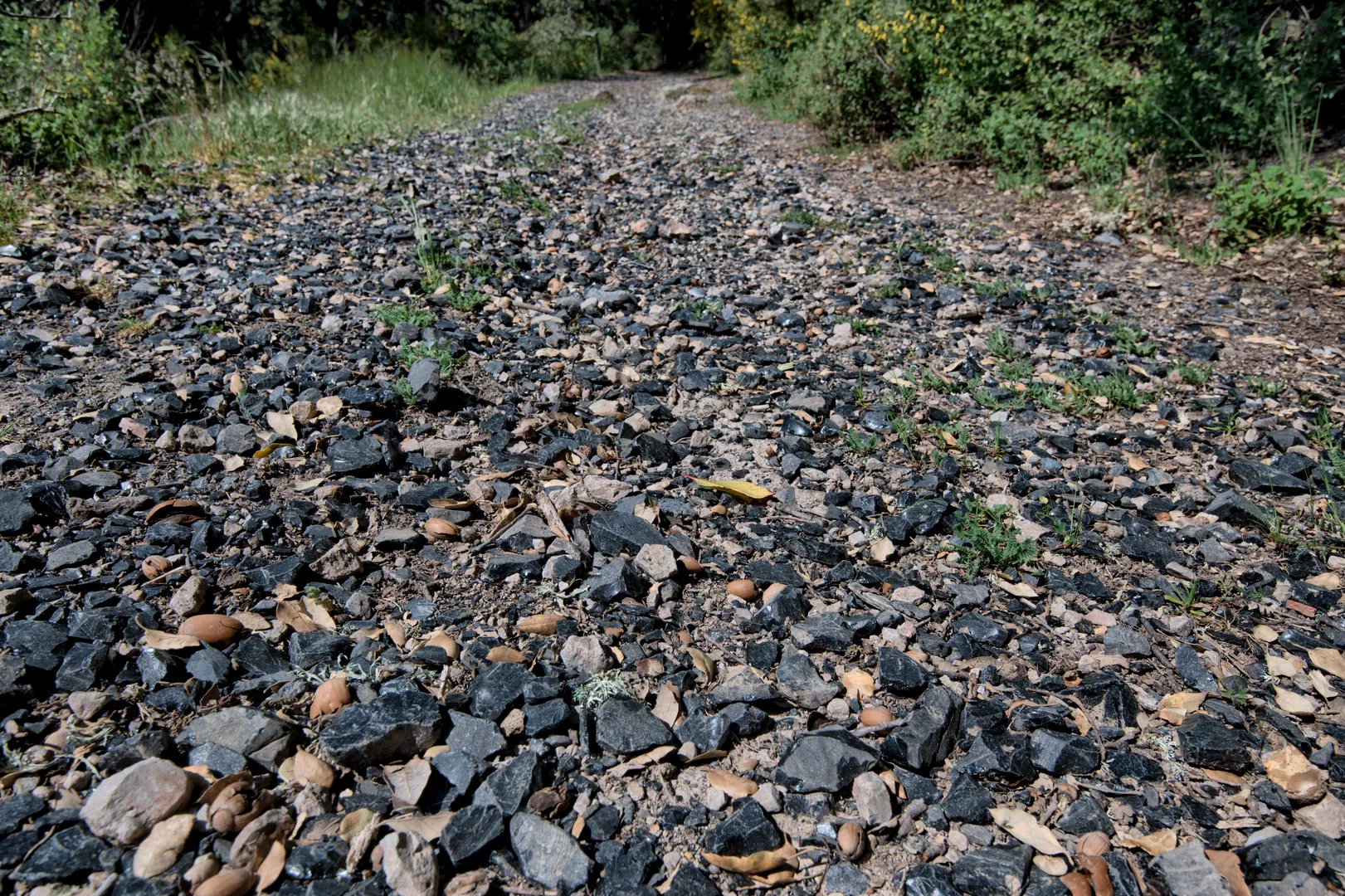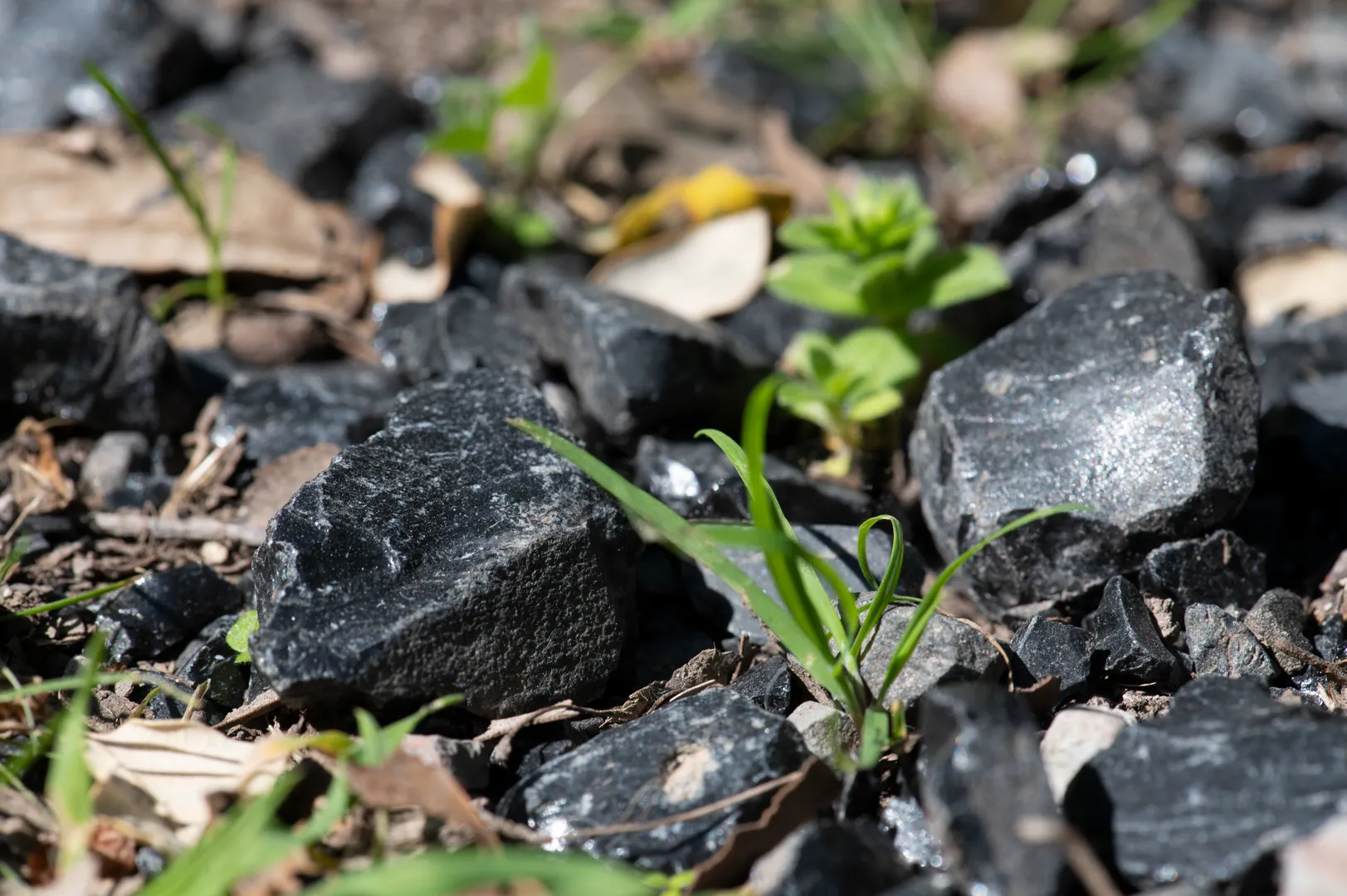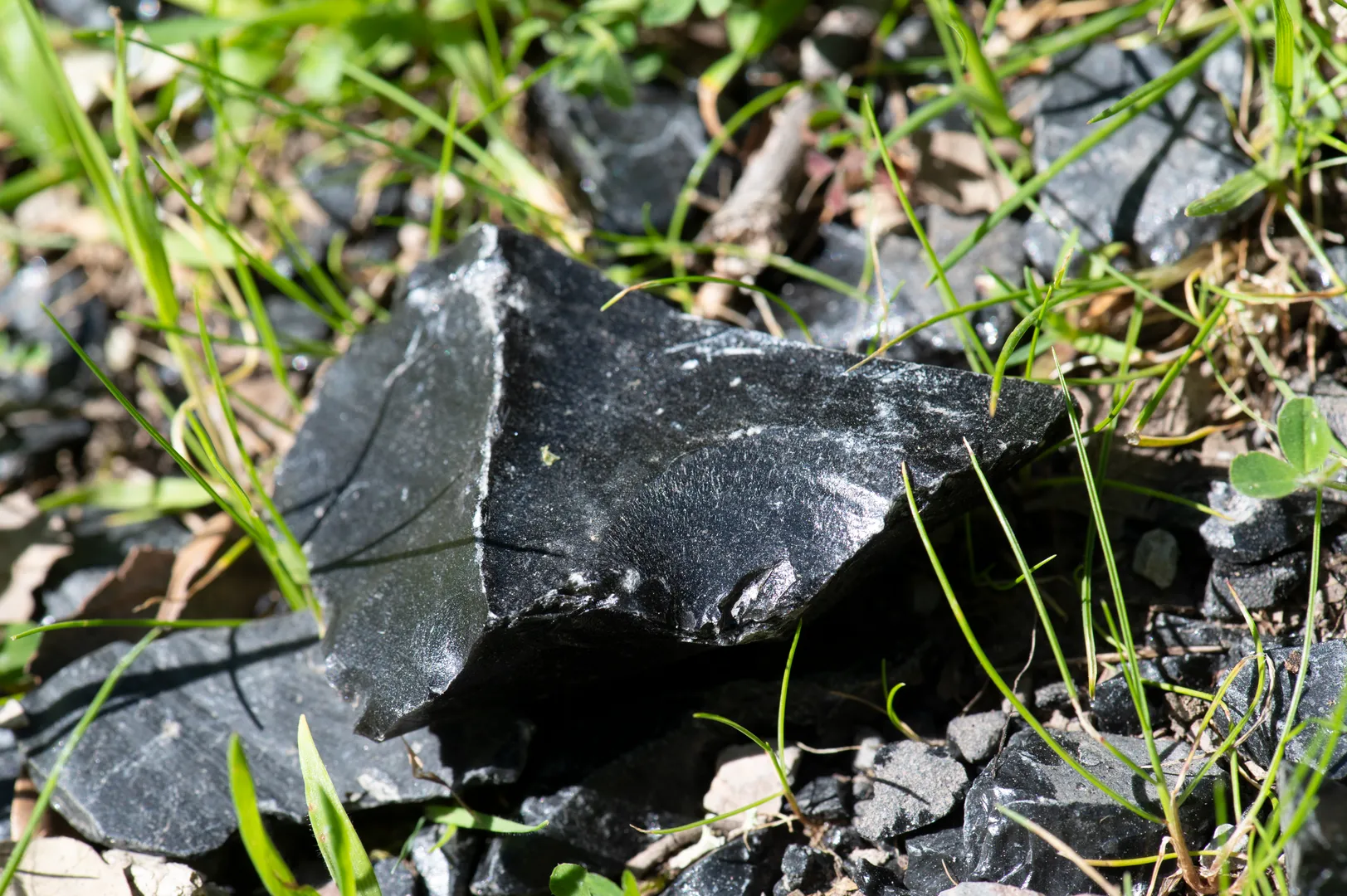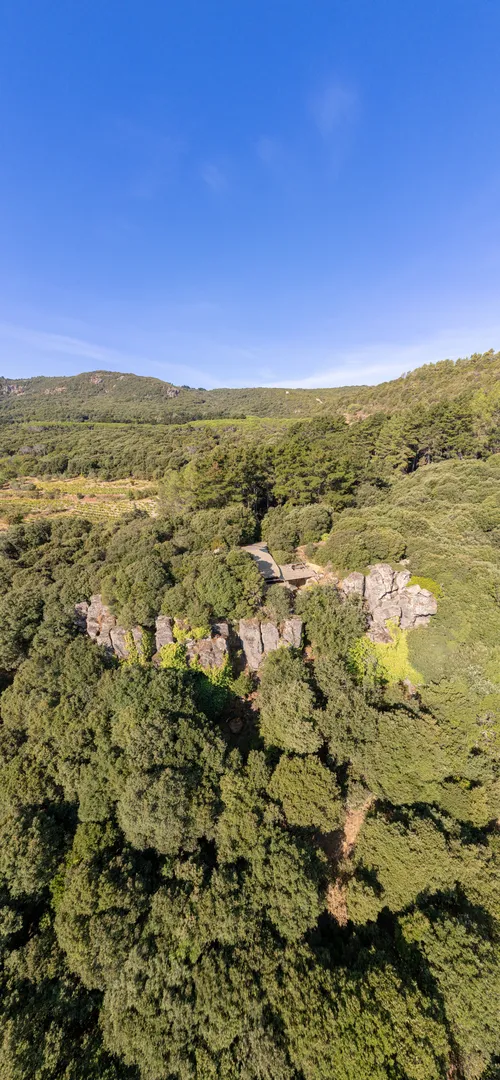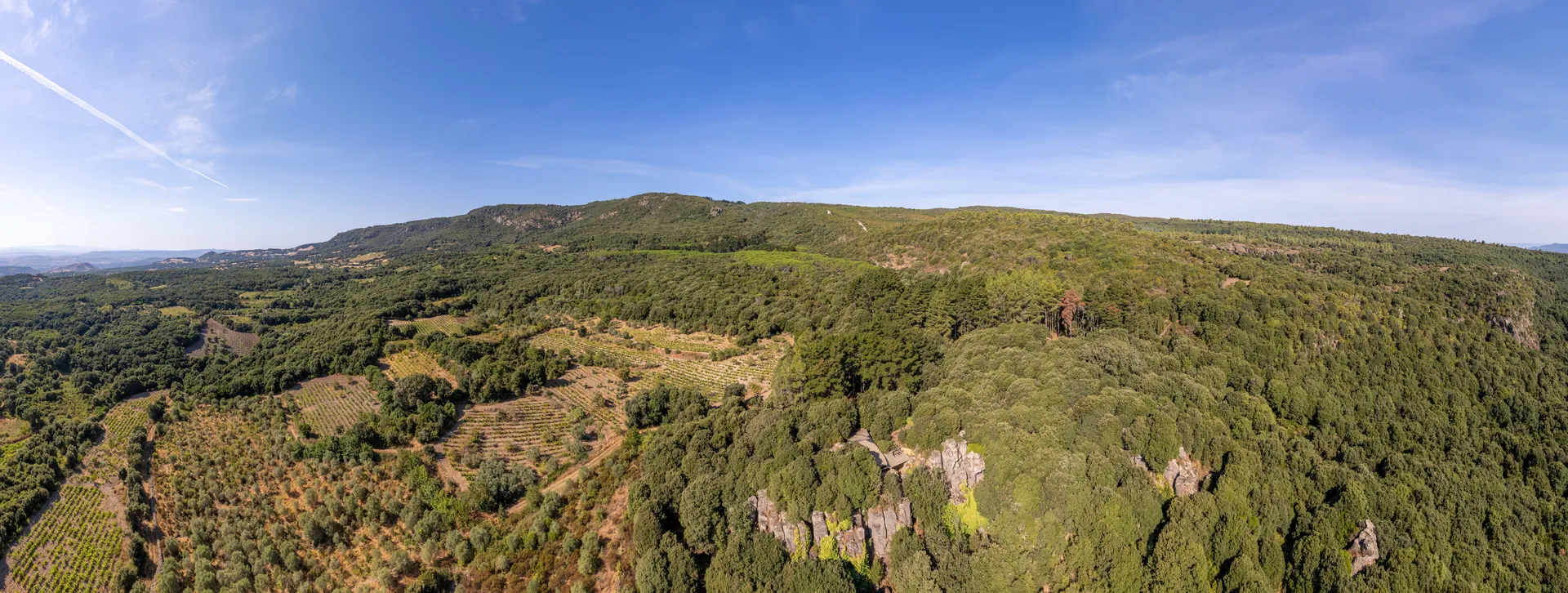Shelter of Su Forru de is Sinzurreddus and the stone tool workshops of Sennixeddu
Stone working monuments dating back to the Neolithic, with traces of craft activities and natural shelters.

Shelter of Su Forru de is Sinzurreddus and the stone tool workshops of Sennixeddu
Shelter of Su Forru de is Sinzurreddus and the stone tool workshops of Sennixeddu
Contact
- [email protected]
- +390783939134
- Website
-
Guided tours by reservation
Access information
At km 57.6 of the SS131, take the SP46 and continue for about 18 km until you reach Ales. Exiting this town, along the SS442, towards Escovedu, take the left fork for the SP48, which leads after 3.5 km to the small center of Pau.
At the entrance of the town, turning left, you travel for 3.8 km on the Pau-Tresussa country road that climbs towards the top of the volcanic massif of Monte Arci, until reaching the structures of the Sennixeddu mountain campsite that lie in the heart of the homonymous processing workshop.
SHELTER OF SU FORRU DE IS SINZURREDDUS
The natural cave rests at an altitude of 00 m on the NE side of Monte Arci, about 500 m E-NE from the stone tool workshop, with an area of about 20 m². It is named after its elliptical plan with a regular vault that recalls the shape of an oven.
The shelter investigations have been conducted by the University of Cagliari, for the first time, since 2003 and have made it possible to attest to the ritual of incineration in Sardinia.
The excavation of the deposit down to the bedrock allowed to reconstruct the settlement phases: the oldest one uncovered tombs and materials with San Ciriaco. Among the materials uncovered, there are several disc-shaped biotite beads, similar to those found in the Necropolis of Li Muri-Arzachena.
At the current state of knowledge, the site is the oldest evidence of a stable human presence on Monte Arci, as a result of the discovery of a necropolis hosting a small community. The anthropological study identified the remains of at least 24 corpses, including 18 adults (mostly under the age of 24), some infants and a fetus.
The discovery of different concentrations of combusted bones and artifacts suggested that human remains were deposited inside containers made of perishable material, the degradation of which seems to have led to the progressive scattering of the remains, amplified by the natural deterioration of the cave.
STONE TOOL WORKSHOPS OF SENNIXEDDU
The Sennixeddu workshop is the best known and most easily accessible among the different areas of prehistoric obsidian production preserved in the Pau territory, along the NE side of volcanic range of Monte Arci. The area stretches along the slopes of a deep canal dug by the stream that originates from the spring of Sennixeddu, about 400 m W, at an altitude of about 800 m above sea level.
It was first mentioned by Alberto La Marmora (1839), but it was Cornelio Puxeddu, in 1956, who recognized a prehistoric chipping activity of obsidian on site. Since 2001, the systematic studies of the University of Cagliari have begun.
The stone tool workshop is marked by the great amount of waste resulting from the obsidian reduction activity. The archaeological material, mixed with raw material in its natural state, within a deposit about 20 m long and, locally, as deep as 1 m, suggests that the site was used exploited for intensive volcanic glass exploitation during different periods of time.
Around Sennixeddu there is clear evidence of at least five other large obsidian reduction areas, with waste materials reveal an almost perfect concurrence with it.
The obsidian reduced in the workshop of Sennixeddu has circulated for over a millennium in the Tyrrhenian area, promoting innovations and cultural change among island communities through trade. Archaeometric analyses on the origin of the obsidian help reconstruct routes and identify more clearly the forms of cultural interaction between the source and the trade destination from archaeological records.
Bibliography
- Lugliè C. 2023, Il riparo de Su Forru de is Sinzurreddus e l'officina litica di Sennixedd, in in G. Tanda, L. Doro, L. Usai, F. Buffoni (eds.), Arte e architettura nella Sardegna preistorica. Le domus de janas (candidatura unesco 2021), Cagliari: 242-245.
